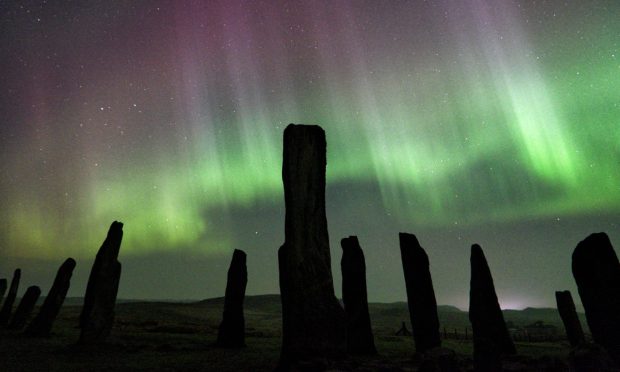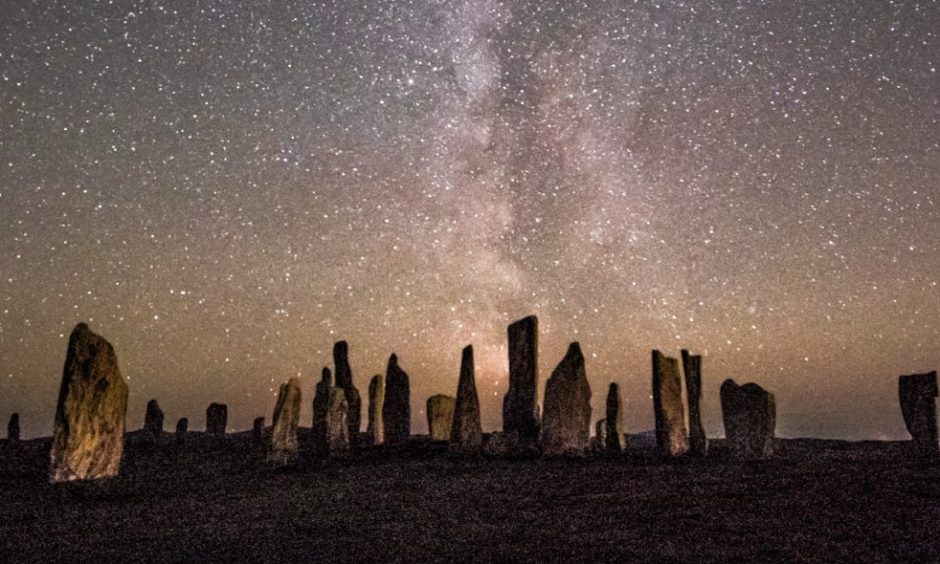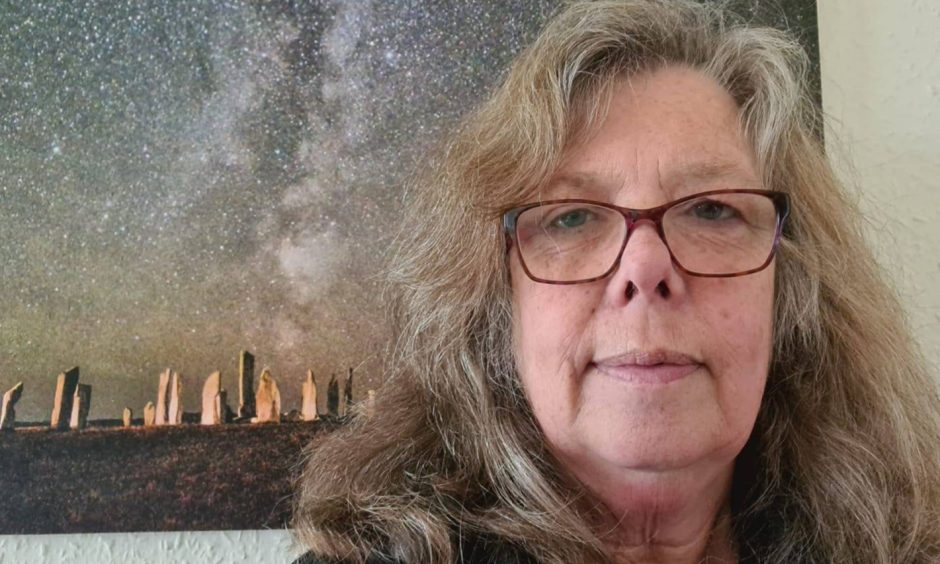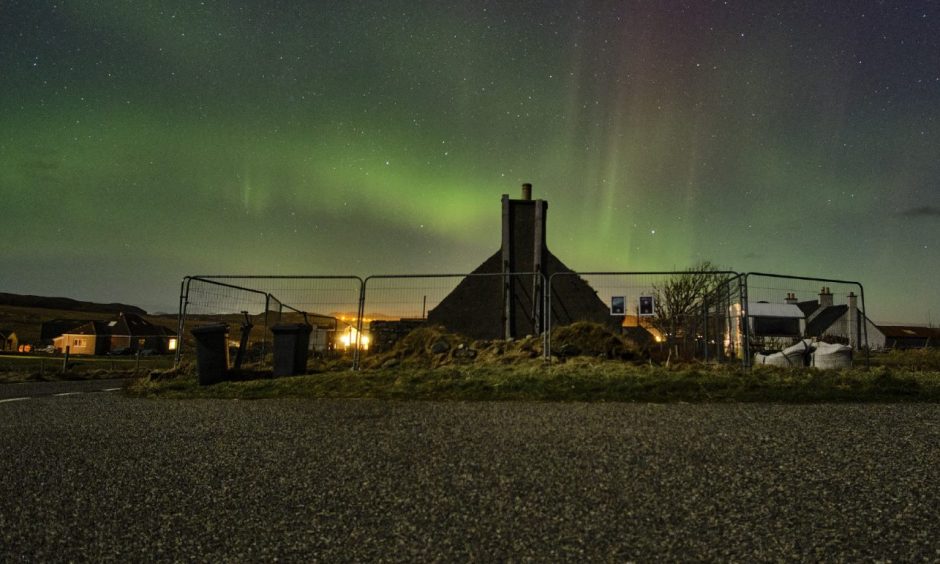Modern technology could provide new insight into the mysteries of the ancient Callanish stones.
A project started 18 years ago has created an immersive and interactive 3d model of the famous site on Lewis.
In 2005, a 3d laserscan of the stones was commissioned by Emma Rennie, a 3d graphic artist and photographer, who owns the nearby Callanish Blackhouse Tearoom.
More than 50 million measurements were taken over three days.
Explore the standing stones
The aim was to develop educational material and find out more about the position of the stones and why they were erected 5,000 years ago.
Technological limitations then put the project on hold for some years.
In 2019 a team was formed to make the 3d model data usable with Stellarium, a free desktop planetarium, to allow the data to be explored and used for archaeology, astronomy and tourism purposes.
The data is now available through the Callanish 3d website which allows viewers to wander around the standing stones and view the stars, sun and moon as people did thousands of years ago.
The Callanish 3d project is jointly run by the tearoom, Archaeoptics Ltd, astronomy and pre-history expert Victor Reijs and Georg Zotti, a researcher at Ludwig Boltzmann Institute for Archaeological Prospection and Virtual Archaeology in Austria.
The Calanais Stones (sometimes referred to as ‘Calanais I’) are a cross-shaped formation of stones which predate Stonehenge.
They consist of a central circle and tall central stone with five radiating rows of stones forming a cruciform-like shape.
There is also a chambered cairn inset into the stone circle between the ring and the centre stone.
The Outlander connection
It is not fully known why the stones were erected, but it is thought their use includes astronomical observations.
They were an important place for ritual activity for at least 2,000 years.
Calanais I is part of a much larger, connected megalithic landscape with at least 18 other stone circles, standing stones and cairns.
The Outlander TV series, based on Diana Gabaldon’s books, has used the stones as a model for a fictional stone circle near Culloden called Craigh na Dun.
In the show the magical circle has special powers and allows Claire to travel back in time.
The stones also featured in the BBC series Call the Midwife Christmas special in 2019 and in Disney film Brave.
Emma said: “The 3d model shows how everything works. It is a high-tech modern slant to this ancient site.
“It has huge potential and I’m sure some interesting theories and observations will come out of it.
“It shows how the stones aligned north, south, east west and how, with your back to the big stone, you can see how the equinox sun rises directly east and sets directly west.”
Virtual is good, but being there is best
Victor Reijs added: “This virtual scenery in Stellarium will make exploring Calanais possible from one’s chair.
“But, of course, nothing beats being at the site itself: the weather, the land, the skyscape, the people, etc.
“Hopefully people will discover new things between heaven and earth.”
The next major event for the project is the Southern lunar standstill moon alignment in March 2025 which will hopefully provide further information.
In the meantime, Emma is raising funds to complete a £200,000 restoration of the blackhouse where she has lived since 2003.
She hopes to raise half the money herself, with the rest coming from a crowdfunding appeal.
It is planned to restore the building as a tearoom, with space for an art gallery and small venue for weddings, talks on the standing stones and a photography hub.
Emma said: “I see this as a great opportunity to fulfil my long-term dream of completing this restoration project and bring this beautiful old blackhouse back from the brink while helping to enhance the visiting tourists’ Callanish experience.”




Conversation